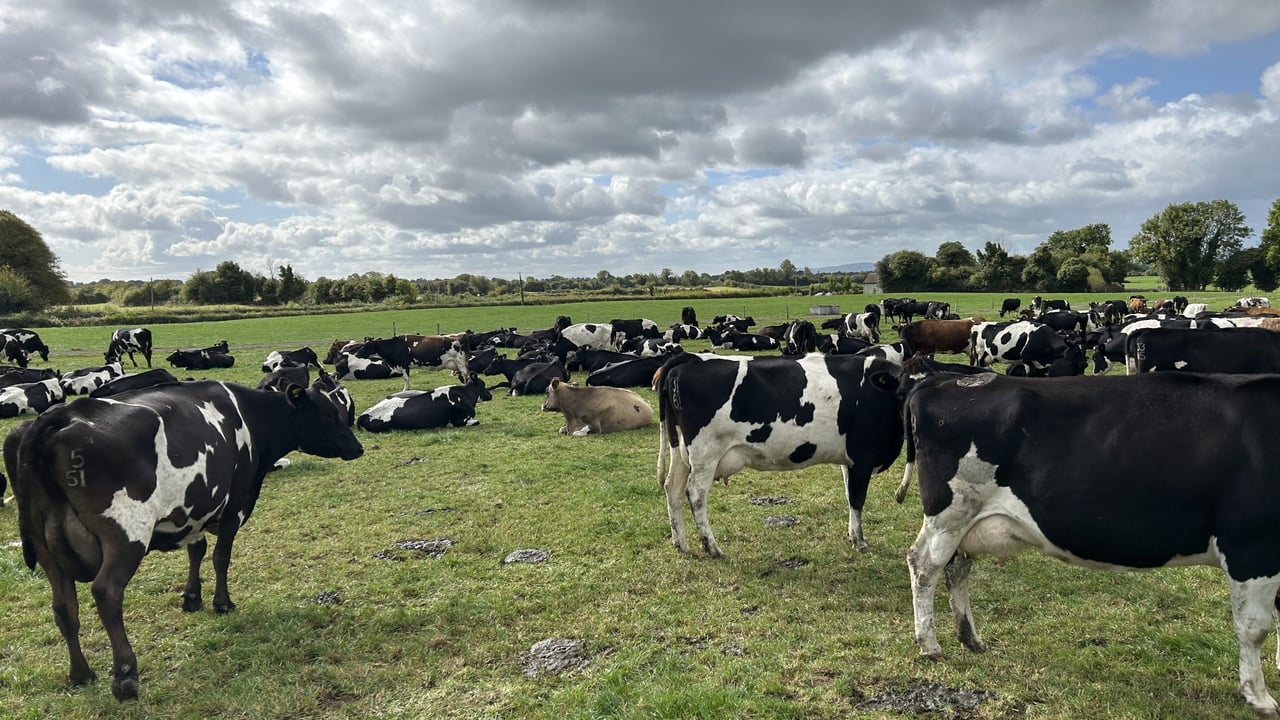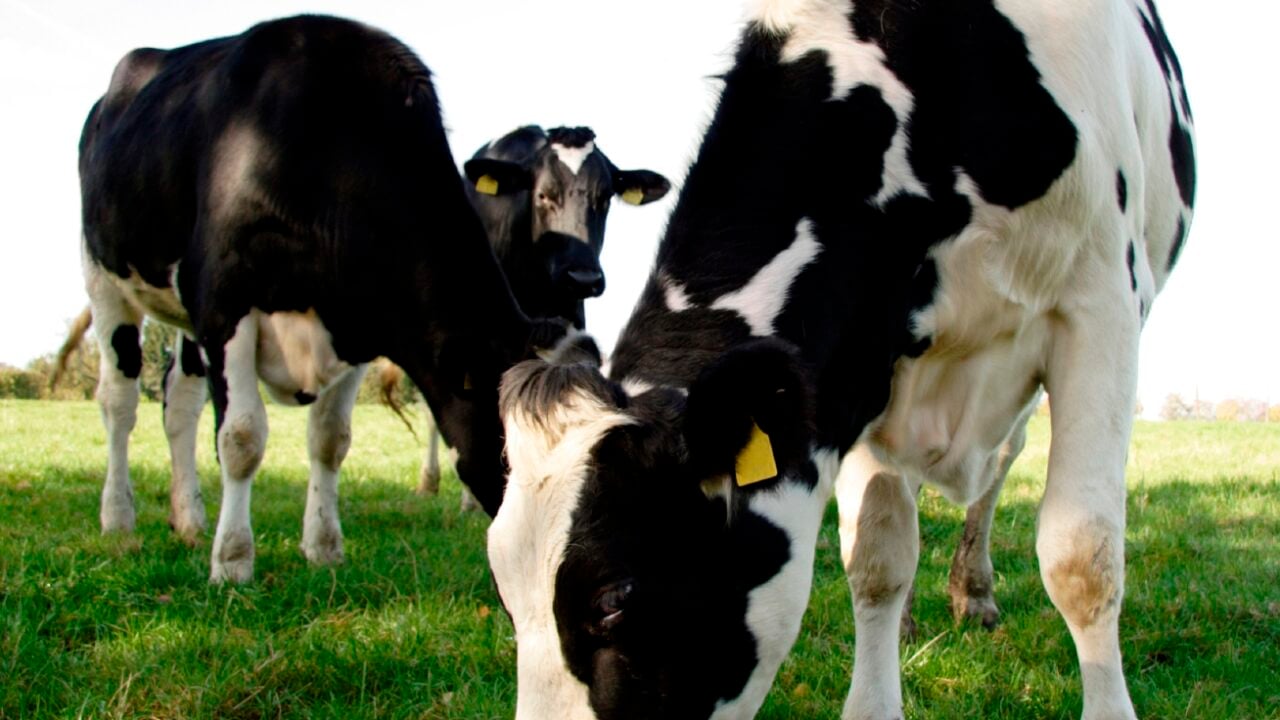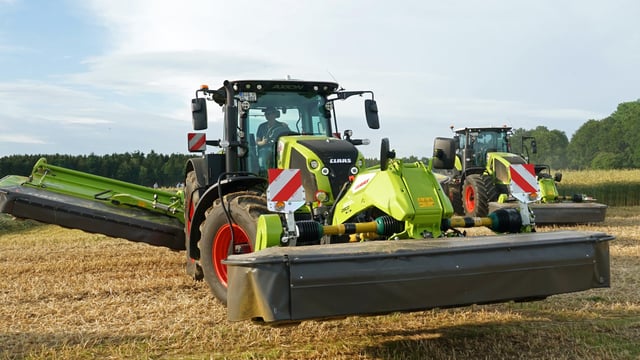What might a loss of the derogation mean for individual farms?
Fresh questions have been raised over the future of the nitrates derogation past 2025 despite acknowledged improvements in water quality and ongoing efforts to present a valid case to the European Commission .
The European Commission has informed Ireland that it “must demonstrate compliance” with the Habitats Directive when granting farmers a nitrates derogation.
The current proposal is to take a catchments approach to the Habitats Directive under the nitrates derogation.
This means that Appropriate Assessments would be carried out by experts in 46 catchment areas prior to a derogation being granted, which has came at a shock to farmers and industry.
Over 7,000 farmers are currently farming under the nitrates derogation, which allows these farmers to exceed the standard limit of 170kg of livestock manure nitrogen per hectare, up to a maximum of 250kg, while adhering to stricter environmental rules.
But it has been estimated that a loss of the derogation could cost the industry hundreds of millions and potentially see many farms forced to reduce cow numbers or secure access to additional land.
With the goal post being shifted once more only six months ahead of the deadline to pleading Irish agriculture's case in retaining the derogation, what would the potential loss of derogation actually mean inside the farm gate?
In the worst case scenario, if Ireland were to lose the derogation and every farm was permitted not to exceed the limit of 170kg of organic N/ha, this would result in a reduction in cow numbers.
But what would this mean to a typical dairy herd of 100 cows, with a nitrates banding of 92kg of organic N/ha with 20 weanling heifer calves and 20 bulling/in-calf heifers over 50ha of land?
On average the 20 weanling heifers will produce 304kg of N/year based on the 1kg of organic N/animal/ year allocated to 0-3-month calves and the 20kg of N/animal year allocated to 3-12-month calves.
The 20 bulling heifer/ in-calf heifers that would fit in to the 0-1 years-of-age bracket of 55kg/animal/year would produce 1,100kg N/year.
Further to this, the 100 cows in the middle band, producing between 4,500-6,500kg of milk and feeding a 15% crude protein nut, would produce 9,200kg of N/year.
This would bring the total to 10,604kg of organic N/year, which means that this total divided over the 50ha leaves this farm stocked at 212kg of organic N/ha.
If this farm was to reduce down from a limit of 220kg to 170kg N/ha , it would mean that this particular farmer would have to decrease cow numbers by 20% down to 80 cows, while reducing his followers down to 30, 15 in each batch.
Only then would this bring the farmers stocking rate down to 168kg organic N/ha down from 212kg N/ha with the loss of 20 cows and 10 young stock.
Taking an average profit per cow per year of €1,000, a loss of these cows could cost the farm up to €20,000/year.
Alternatively, the farmer could hold his number of stock and lease additional land, and would require the farmer leasing an additional 13ha of land just to hold his cow and follower numbers and be stocked at 168kg N/ha.
Average rental prices in recent years have reached €300/ac which equates to €741.32/ha, which would be an extra cost of €9,636/year just to hold stock numbers in this scenario.
However some commentators have suggested that if the derogation is not extended, land may become even more scarce which could further drive up prices.
If it were a case of the same amount of cows and the same amount of followers in the above scenario but farming across 43ha of land - as they are permitted to farm at a level of up to 250kg of organic N/ha.
Over the 43ha, this would mean that this farmer is now stocked at 246.604kg of organic N/ha, this farmer would have to reduce his cow numbers down to 68 cows with 30 followers between two batches to just be under the limit of 170kg N/ha.
Taking the same figure of €1,000 net profit/cow/year - which may vary in different situations, farm types, and milk price years - it would mean a loss of €32,000/year in this system if the farmer was to decrease cow numbers to stay compliant.
If this farmer were to rent additional land to keep his stock numbers up, they would need to rent an additional 20ha to stay under the 170kg N/ha.
With rental land prices in the example set at €741.32/ha, this would mean that this farmer could be faced with spending €14,820/year to keep up his numbers.
Other strategies to consider is the possibility of heifers contract reared off farm, exporting slurry off the farm or implementing a balance between renting additional land and decreasing the numbers slightly - but either way all these measures are going to create additional costs.






